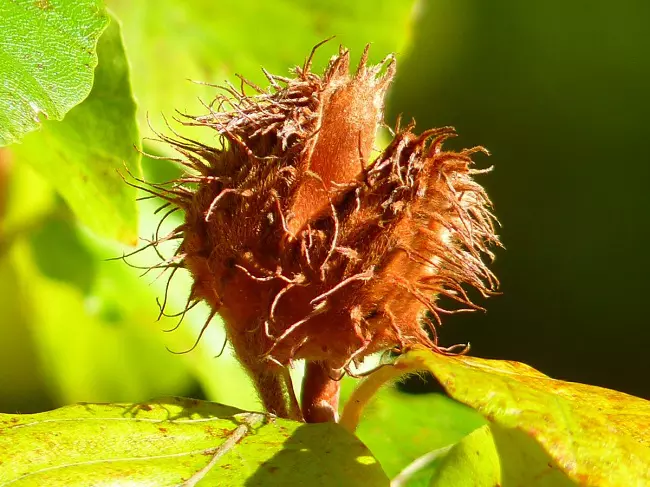How did beech mast save the people of Chios?
Beech trees (Fagus sylvatica) are common in most parts of Europe, and though the tree's nut is not really a healthy source of nutrition for humans, and neither is it easy to peel, in times of famine and despair, people had no other choice than eating it. In other times, though, they could find a better use for the beech nuts.
It takes time to peel the beech nuts and they contain a toxin called saponin glycoside, but in times of despair people had no other choice than to eat them (Photo: pxhere.com)
One of the most famous cases of beechnut saving people from starvation is mentioned in the book of the Roman author, naturalist and natural philosopher, Gaius Plinius Secundus. As it is stated in one of his best known works, the Natural History, beechnut helped the people of Chios to survive when the town was besieged. When describing the different types of acorns, Pliny the Elder wrote:
"(...) there are considerable modifications in the flavour of their fruit. That of the beech is the sweetest of all; so much so, that, according to Cornelius Alexander, the people of the city of Chios, when besieged, supported themselves wholly on mast".
To our taste, the beech nut is likely to be way too bitter, and the large amount of tannin is difficult not to recognize; not to speak of the fact that it's quite hard to digest, and can only be eaten with moderation. And properly cooked... The latter is important because the nuts contain a toxin called saponin glycoside. According to Gaius Plinius Secundus, roasting actually makes the nut sweeter, thus somewhat more enjoyable. Beside the controversial taste, even a few nuts can cause stomachache or diarrhea in some cases. The peeling of the nuts is extremely time consuming, for the small, triangular shaped nuts - many of which are empty, by the way - must be opened one by one.
It's no surprise that in times when people didn't need the beech nuts so desperately, they chose not to consume it at all. But this doesn't mean that the nuts were invaluable - people found a much better use for it than eating the nuts themselves.
Pigs were one of the most common animals kept for their meat, and it's well-known that these omnivorous mammals love eating nuts and acorns. In many part of Europe, sounders of swine were herded to forests, where the animals could forage for food, mostly acorns and nuts. This way, the livestock didn't require much feeding, it was almost a "free" way to make them gain weight before the winter came and the pigs were slaughtered. Pliny the Elder also did mention this kind of use of the beech mast in his work. Accoring to the Natural History,
"The acorn of the beech, when given to swine, makes them brisk and lively, and renders the flesh tender for cooking, and light and easy of digestion; while, on the other hand, that of the holm oak has the effect of making them thin, pallid, meagre, and lumpish".
Beech nuts are rich in protein and fats, and these properties make them a great source of nutrition for pigs. Actually, these nuts can contain almost three times as much protein than the oak's acorns, so pigs could easily gain weight and build muscles while foraging for them all day long. But it was not merely pigs eating the nuts and acorns. According to The Hungarian Encyclopedia of Ethnography, in some parts of Hungary, sheep, goats and cattle were also occasionally herded to the forests to find acorns and nuts.
As we can see, people in the past could find a use for all the resources they found in nature - even when it came to the beech tree's nuts, that are usually not harvested or used in any ways nowadays.
Anita Diós
May 2018
